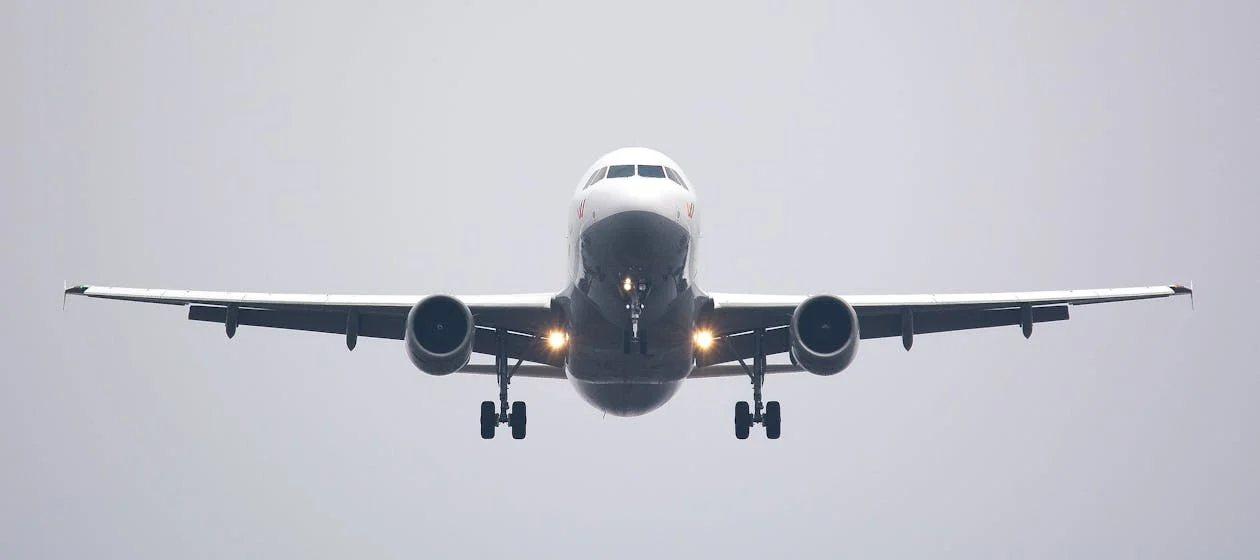
Technology has transformed every industry, and aviation is no different. In the cockpit, technological developments have played a critical role in improving flight safety. These technologies not only improve pilot efficiency, but also reduce the possibility of human mistakes, improve communication, and provide greater control over aircraft systems. These developments have numerous benefits, ranging from greater situational awareness to improved communication systems, all of which contribute to the overall purpose of assuring passenger safety. This article will look at three main ways that new technology is increasing aircraft safety.
-
Improved Situational Awareness Through Advanced Cockpit Displays
Advanced cockpit displays are among the most significant technology advancements in aviation. High-end, multifunctional displays featured in modern airplanes provide pilots with critical flight data in a more intelligible and practical format. These displays integrate data from multiple aircraft systems, including navigation, weather radar, engine performance, and topographical data, into a single interface. Simplifying the presentation of challenging data enables pilots to make faster, more informed decisions during flight. Real-time meteorological data, allows pilots to foresee potential turbulence or severe storms and adjust their flight path, improving overall safety.
Apart from providing real-time updates, these complex screens can include warning systems and sirens. For example, the technology will notify the pilot immediately if the aircraft approaches a prohibited region or if a technical malfunction occurs. This reduces the likelihood of human error, which typically initiates many aviation occurrences. Pilots can maintain increased situational awareness even in difficult or hazardous situations by monitoring real-time changes in flight conditions. Enhanced displays, especially in low-visibility settings, can help with difficult procedures like landings. The incorporation of technology into cockpit displays enables faster decision-making and safer flights, revolutionizing how pilots interact with flight data.
-
Enhanced Communication Systems
In aviation, communication is essential; modern technology has made it more dependable and effective than it has ever been. Advanced communication systems built into modern airplanes allow pilots to be continuously in touch with ground staff, air traffic control (ATC), other aircraft, and other aircraft. Particularly in remote or difficult airspaces, satellite-based technologies, and digital voice communication systems have greatly raised the quality and dependability of communication. Good communication lowers the possibility of misunderstandings, which could cause dangerous circumstances.
More recently developed communication systems also enable quicker data exchanges between ground control and pilots. Sending real-time flight data like position, speed, and altitude to ATC will help to improve flight coordination and monitoring. This connectivity improves safety since it guarantees quick and efficient communication of any changes in the flight plan or problems. Furthermore, by using innovative data-sharing systems, pilots can effectively interact with other aircraft, thus avoiding collisions, especially in crowded airspaces. Aviation is becoming safer and more efficient as technology develops since dependability and clarity of communication keep becoming better.
-
Improved Noise Reduction and Pilot Comfort with Advanced Headsets
The creation of advanced headsets intended to enhance pilot comfort and communication is another significant breakthrough in cockpit technology. The cockpit was historically a noisy place, with aircraft systems adding to significant background noise from engines. Over long flights, this noise can impede communication and lead to tiredness. You can buy modern David Clark one-x headsets, that use noise-canceling technology, which helps reduce ambient noise, making it easier for pilots to hear communication from air traffic control and other important sources.
Particularly on long-haul flights, the noise-canceling features of these headsets help greatly to lower pilot fatigue. These headsets let pilots concentrate better and minimize the need for them to strain their hearing. Apart from the noise-canceling characteristics, contemporary headsets are made for comfort using lightweight, flexible materials that enable easy long-shift management. This comfort helps pilots stay focused and carry out their responsibilities with more accuracy and efficiency by lowering physical strain.
Conclusion
The importance of advanced cockpit technologies in ensuring flight safety cannot be emphasized. These developments have made air travel safer than it has ever been from sophisticated cockpit displays that boost situational awareness to better communication technologies guaranteeing clearer engagement with air traffic control. The fact that technology is always being included in aircraft is evidence of the industry’s dedication to guaranteeing passenger and pilot safety. Future flying will surely get much safer as technology develops and with many more breakthroughs just ahead.



